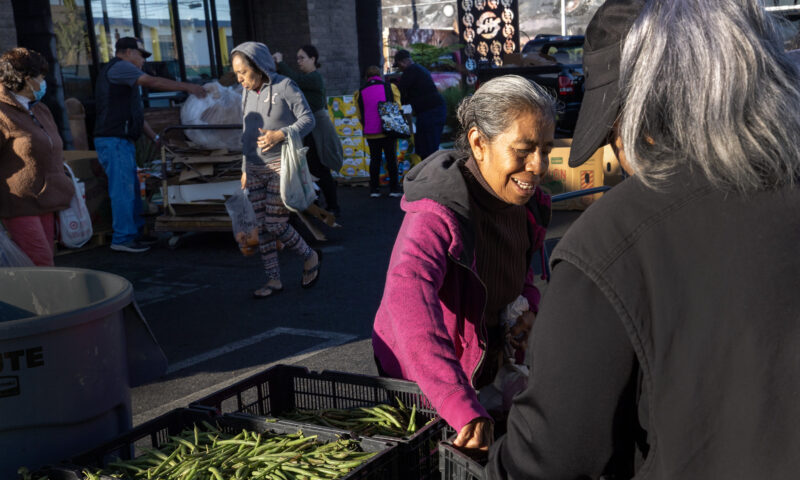
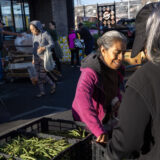
A program in Los Angeles County is recycling unused food to feed hungry residents — and offering a model for other cities.


Painting a mural charting the native origins of chocolate teaches teens how excess sugar and food additives drive health problems in their community.
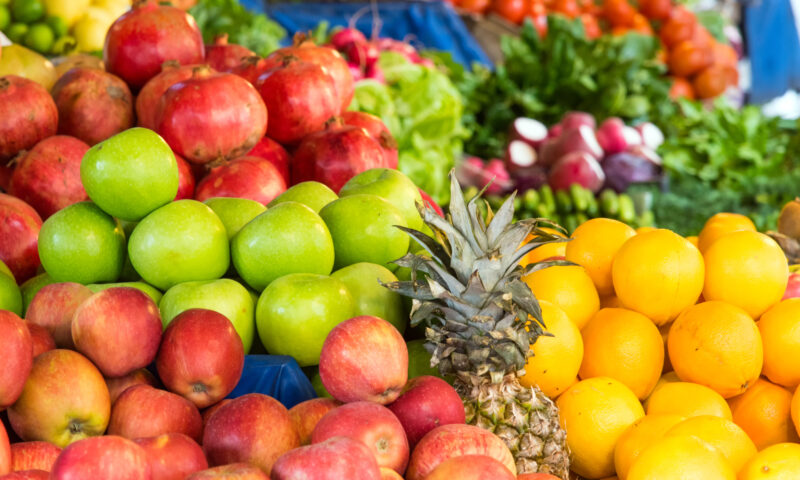

In low-income areas of Los Angeles without supermarkets, small stores are learning to profitably sell healthy foods their customers can afford.
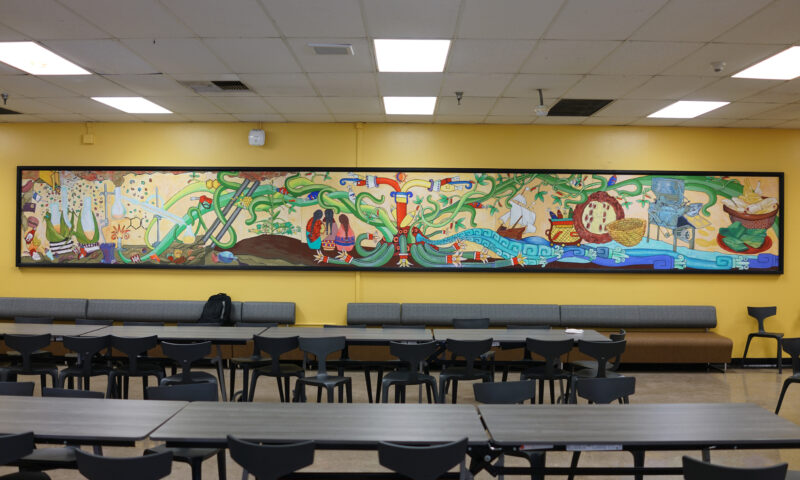

At Roosevelt High School in Los Angeles, an ambitious art project aims to get students thinking critically about food.
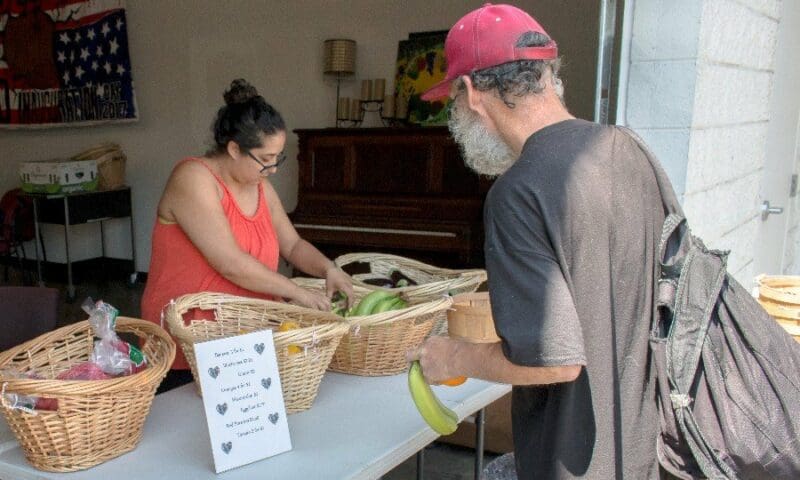
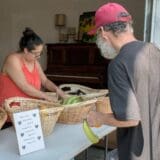
Not eating well sparks a cascade effect in anyone, but the effect is especially pronounced among a homeless population experiencing high levels of stress, mental illness, substance abuse and all the pains that accompany the aging process.


Maria Bustillos and Elizabeth Fladung discuss their experiences reporting on the pervasiveness of food deserts in the midst of California’s food production heartland.
This podcast is an encore posting from our State of Inequality series.
Maria Bustillos is a journalist and critic living in Los Angeles.
Elizabeth Fladung is a Brooklyn-based, CalArts-trained photojournalist. Her work has appeared in The Nation, La Repubblica, The Fader and Wax Poetics Magazine.
» Read more about: Going Down Highway 99 Feeling Sad (and Hungry) »


Beth Fladung’s images of a food desert in the midst of the most productive agricultural land in the country.
This is an encore posting from our State of Inequality series
Elizabeth Fladung is a Brooklyn-based, CalArts-trained photojournalist. Her work has appeared in The Nation, La Repubblica, The Fader and Wax Poetics Magazine.
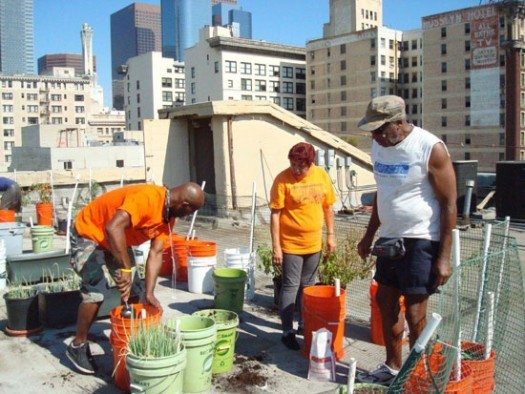
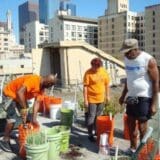
When Wahid Rashad, 65, sees young people in Chicago chugging bottles of sugary drinks and chomping on fluorescent-orange snacks, he thinks: “That’s garbage. It doesn’t enhance the brain and energy level.”
Rashad sells apples, mangoes, papayas and peppers from a produce cart in the city’s Uptown neighborhood. Among the comments he hears from customers since he started selling in the neighborhood, especially from the younger ones: “Hey, Juicy Fruit, where were you? I was looking for you.”
“I look at myself as an educator,” said Rashad, a vendor in the Neighbor Carts program. “It’s like water: Drip, drip, drip. It builds a relationship.”
Throughout the country, grassroots community programs, such as Neighbor Carts, are fueling a block-by-block movement to provide fresh fruit and vegetables in “food deserts,” urban neighborhoods and rural areas where people don’t have ready access to fresh produce.
From Chicago to Georgia to Los Angeles,


In his State of the Union Address this month, President Obama called for a much-needed increase to the federal minimum wage. Almost four million American workers are paid at or below the minimum wage of $7.25 an hour for their work, adding up to about $14,500 per year, per person for a full-time, 40 hour per week job. This doesn’t come close to covering the cost of living for a single person, let alone a family.
In the food retail sector, unfortunately, raising the minimum wage might not make much of a difference to those employees that are most vulnerable. Grocery stores and other food retail outlets are already avoiding minimum wage and benefit requirements for many workers by keeping them in part-time jobs. Realistically, if a worker can’t get scheduled for 40 hours per week of work, then minimum wage requirements cease to be effective in ensuring an annual income floor.